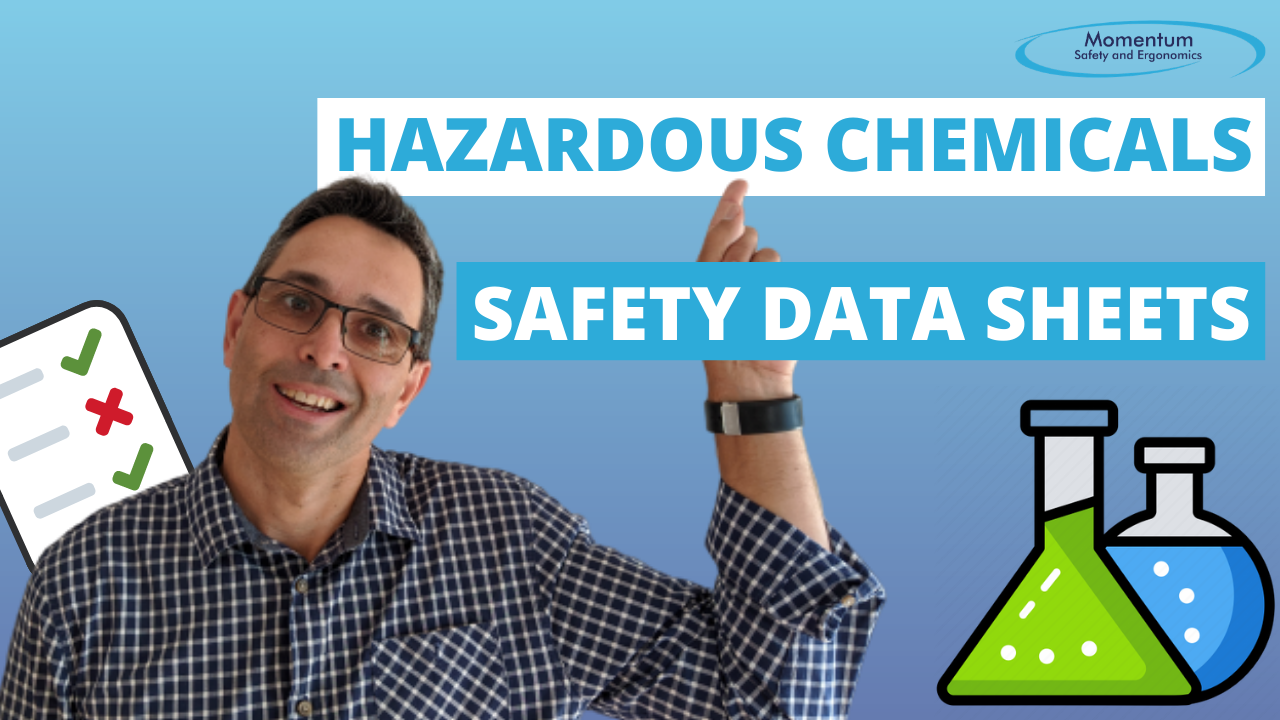Let's assume a few things.
- You are one of the millions that now have to work from home due to the Coronavirus Pandemic. Or you are planning to work from home very soon.
- You work in Compliance - i.e. in safety, quality, environmental, food safety or information security management.
- Most of your days previously at work had been face-to-face interactions on the shop-floor. Now that you are at home, those interactions will be far fewer (well, almost non-existent!).
So how will you fill in your day? How will you be productive? What outputs will you deliver?

Here are 26 ideas, listed from A-Z, to get you started:
- Tidy up your improvement/non-conforming report (NCR) database. Make sure you have coded the issues correctly so that the data is as accurate as possible. Spend time conducting some root cause analysis (RCA) on the issues.
- Look at your NCR database for further improvement opportunities. Identify some common cause issues and look to see if you can make some improvements. This is so that once you are back at work you can hit the ground running.
- Check on your performance reviews. Maybe bring them forward, if necessary, as these can be done via video conference.
- Consider data from different parts of your business to identify improvement opportunities and set or update your goals. Spend time analysing data from other areas of the business that may impact on your goals. This may highlight some areas of improvement.
- Review policies, procedures and processes to see where you can integrate them. Integration is a great way of reducing duplication of effort and hence saving time and money. Look to update policies, procedures and processes so that duplication is eliminated.
- Conduct audits. You can do plenty of desktop internal audits. This is where you are looking for evidence of compliance or non-compliance against your policies and procedures. You can easily conduct interviews via video conferencing with your colleagues.
- Perform reviews of your manuals. If you have documented management systems manuals, then review them to ensure that they remain effective. Consider changing your manuals into videos. Here at Mango we are doing that process right now. We feel we get better understanding and engagement if our policies and procedures are in video form.
- Update your audit schedule frequency. You may want to check that when your audits are being conducted, the frequency of the audits is based on risk. Those higher risk areas should be audited more frequently. Low risk procedures will be audited infrequently or not at all.
- Review your risk, information security, HACCP and/or hazard registers. Check that the controls you list in each of these registers are current, functional and effective. Make sure you get input from your Senior Leadership Team when you make changes though.
- Review Safety Data Sheets (SDS). In some jurisdictions data sheets may have an expiry date (typically 3 years). However, things can change overtime and when significant new data is available the SDS will need to be updated. In New Zealand the Government provides a really good (and free) Hazardous Substances Calculator tool.
- Review all your training plans and training records. Now that you have time and space to think, check that the training matches your business strategy. Check to see that you have captured all the training records in an easily traceable manner.
- Review your training budget. Did your budget match what training was delivered last year? Does your budget match what will be delivered over the next 12 months?
- Review training material. Check that the material that you do train with, is still current. Check that any changes to legislation, regulations and standards are captured in your training. A good one to start with is your induction training materials. This may not have changed in a number of years. Now is the time to update that.
- Create fresh training materials. During the review of your training plans, training records, training budget and training materials; you may want to create some new training materials. These could be online videos, PowerPoint presentations, Questionnaires, Examinations, Audio files, Podcasts etc.
- Objective review and resetting. One area that most Compliance Professionals struggle with are setting and reviewing objectives. Now is the time to reflect on progress to your goals and check to see that they are still SMART (specific, measurable, achievable, realistic and time-bound). If the goals don't fit then maybe it's time to reset them.
- Conduct conference call meetings. Remember that you should be checking in regularly with your colleagues. Remember to check in with each other. Virtual doesn't have to mean impersonal. If you have regular Management Reviews as meetings then conduct them online.
- Review supplier and contractor performance. This is another area that businesses really struggle with. Constantly checking to see that suppliers and contractors are delivering a quality and safe service is something that doesn't get a priority. Now is the time to check that things are working well and making changes to get things back on track.
- Conduct auditor training. You can easily conduct Auditor Training via video conference. Some companies have difficulties finding suitable internal auditors to audit their Management Systems. During this time choose some staff that look to be good audit talent and get them trained ready for audit.
- Convince your Certification Body to do audits remotely. If you Certification Audit is due soon, then talk to your Certification Body to see if they can conduct much of the audit remotely via video conference. Here at Mango our ISO 9001 and ISO 27001 audits are due soon. We are currently discussing doing these audit remotely with our CB auditors. Some of our staff and all of our Partners around the World work remotely, so for us this is not a big deal.
- Review your interested parties register. In most of your ISO standards there is a "Context of the Organisation" clause. Within that clause, there is requirement to check your interested parties. Now is the time to check that they are still current and that register reflects your current practises.
- Review your legal register. Legislation, regulations and standards are constantly changing. Dust off your old register and fine tune it with appropriate changes and new additions.
- Tidy up your compliance evidence. Check that the evidence you have captured in your management system is correctly filed. This is usually done a few weeks before the auditors turn up at your site. Why wait for then, when you have time now to do it. Of course don't make up evidence!
- Conduct a Health and Safety conference call meeting. Now is the perfect time to discuss health and safety issues that are affecting everyone. Make sure in the meeting that everyone has some activities to conduct after the meeting.
- Catch up on your personal development training. There's bunch of great online personal development training tools. YouTube, Lynda.com (LinkedIn Learning)and Vimeo all host some great courses.
- Calibration records are recorded and filed away. This is another management system activity that companies seem to ignore. Keeping great calibration records has always been a low priority. It's normally a mad rush, just before the auditors turn up, to get the records in place.
- Check up on your staff. With time on your side, check in regularly with your staff. Have meaningful one-on-ones and understand how they see how the business operates and discuss where improvements can be made.
Note: Of course check with your IT department that the security considerations around working from home and getting secure access to company servers are in place.
Use this list to get your thought processes going and come up with more ideas. Be productive. Be output driven. Show the value of your compliance system to your business.
There is no excuse for not having enough to do when you work from home.
.png?width=200&height=51&name=image%20(2).png)


